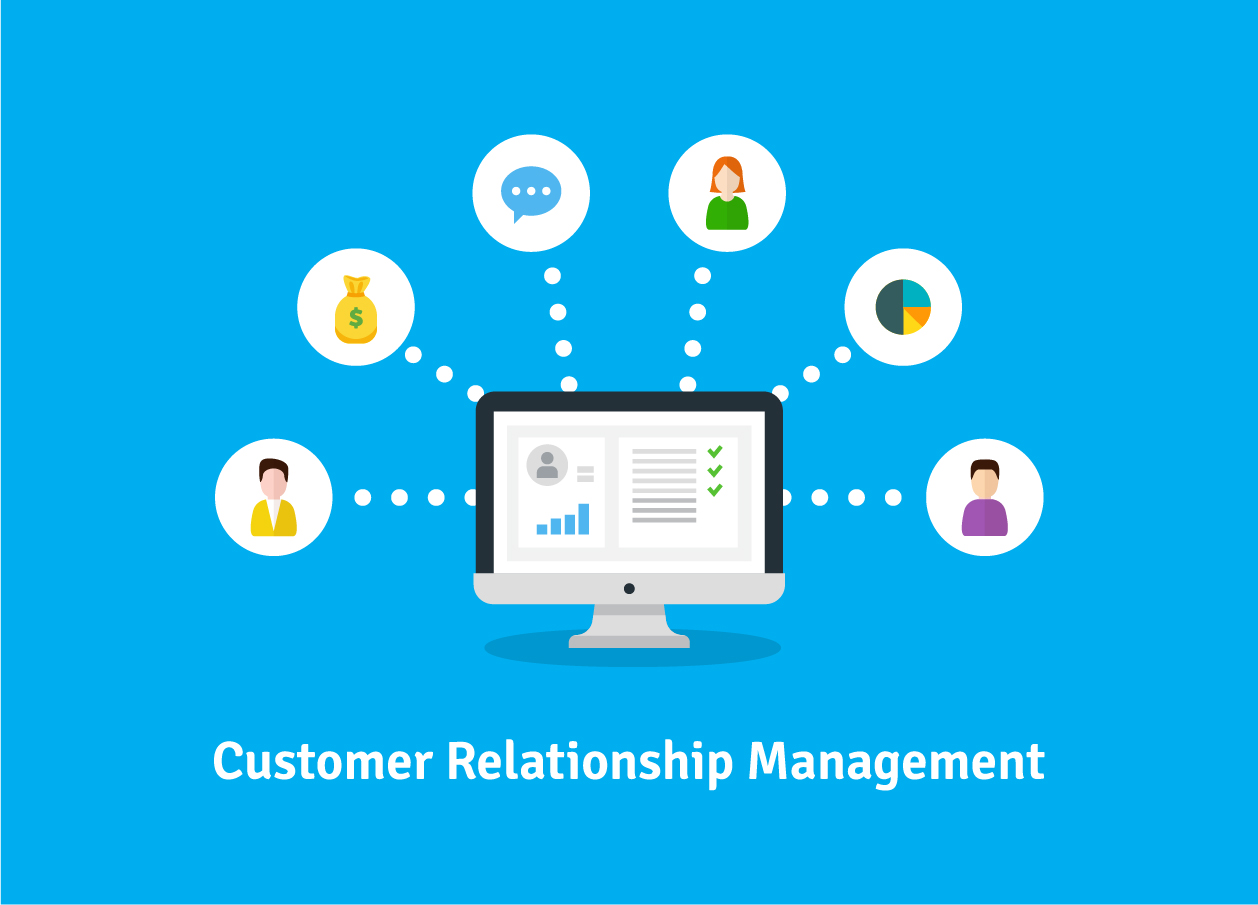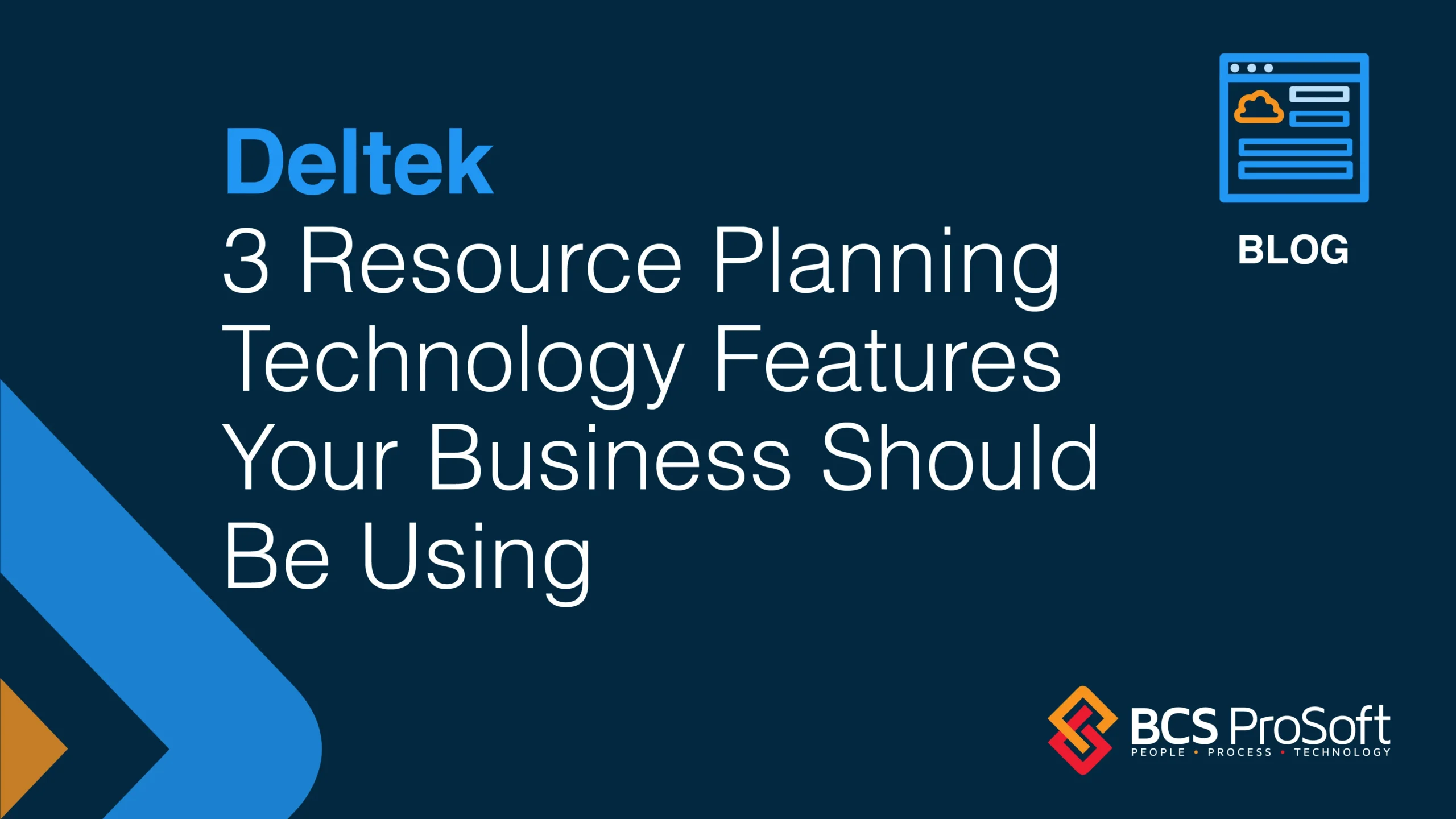We’ve written a lot recently on why upgrading your ERP system is important. If you’re reading this blog post I’m going to assume you already understand why you need to upgrade your business software and have some sort of executive buy-in. However, you can follow every ERP upgrade best practice to the tee and still fail without a proper upgrade project plan.
We’ve been in the ERP and technology consulting business for a long time and have been able to gain experience working with small companies with 10-250 employees on relatively simple Sage 100 ERP upgrades all the way to complex Deltek Vision upgrades for global enterprises with 1000+ employees and 500+ users. In short, we’ve seen it all. We’ve even seen a multi-million dollar SAP implementation fail and cripple a company simply because they did not have a clear project plan in place. This article is all about developing a project plan for your ERP upgrade and why it’s necessary for a successful implementation.
Developing a Project Plan for a Successful ERP Upgrade
Once you have an effective strategy for ongoing maintenance of your ERP system and you have executive buy-in, you will need a project plan to execute successful upgrades to your current system. Investigating how simple or complex the upgrade will be is the first step. Many software publishers provide utilities and migration tools with their latest release. Depending on the complexity of your system and/or business processes, you can either do this yourself or work with a consultant at BCS ProSoft. The tools provided are usually pretty straight forward and we’ll use them as a guide to ensure the upgrade goes as smoothly as possible.
Developing a project plan up-front will ensure successful upgrades throughout the life cycle of your software. If you don’t already have a plan contact an Account Manager at BCS ProSoft to help you draft an implementation strategy, upgrade checklist, and user training plan to ensure the disruption to your operations is minimized and the value of the upgrade is realized immediately. A strategic project plan and dedicated Project Manager will decrease the risk of business disruption and maximize the expected benefits.
7 Items in Every Successful ERP Upgrade Plan
1) Identify an internal leader for the project
First things first, you need to identify a leader for the project regardless of whether you are managing the upgrade internally or working with a Project Manager from BCS ProSoft. Put a governance structure in place and to establish oversight with specific milestone dates, metrics, and change management.
2) Host a formal planning process
Have a formal planning process with all stakeholders in your organization. It’s critical to determine what organizational changes, business process improvements, and technology updates are in scope for the project and which ones are unrealistic.
3) Determine the scope of the upgrade
The project leader will need to delegate responsibilities for each of the stakeholders. It’s important to establish the team, milestones, goals, and necessary resources to make sure the upgrade is a success.
4) Evaluate existing modifications and processes
Include an evaluation of existing software customizations and to see if they are still needed in the latest version of your ERP system. This is where internally managed ERP upgrades get tricky because you need to develop a plan to redesign any custom modifications, integrations with third-party applications, custom reports, or procedures that may be affected by the upgrade. During this step you’ll also need to include a performance walk-though for all key business processes including comprehensive integration and functional testing.
5) Develop a plan to migrate your data
Ensure the data migration plan will clean up the database, train your project team, and create or revise documentation and training materials. One more thing, don’t forget to back up your data before performing your upgrade!
6) Train your team
Train all end-users on the new or modified Standard Operating Procedures that are being introduced with the product update due to new functionality and new automated processes. If you don’t have the resources to devote to training the rest of your team, you should really look into bringing in one of our consultants to help train your staff.
7) Perform an effectiveness review
After you go live on the new version, you will want to ensure you fully evaluate that process changes and efficiency updates are realized and additional employee training is provided if adjustments are needed. In short, you need to know if the upgrade is doing what you wanted it to do.
Why Hire an ERP Upgrade Project Manager
In this economy, management is always looking to cut unnecessary expenditures when possible. A frugal manager might say, “Why pay someone else to manage our ERP upgrade when I can have my IT Manager handle it?” However, the cost is in the details of the upgrade. Having a dedicated Project Manager helps your team work smarter and complete the upgrade on time and within your budget. Whether you hire a consultant, work with an outside IT firm, or manage the entire upgrade in-house, it’s crucial that someone on your team is assigned to manage the project.
“Nearly 70% of all ERP implementations fail, are late or go over-budget.”
– Project Management Institute (PMI)
If you don’t have the time, resources or internal expertise to create an upgrade plan or manage the project yourself, start a dialogue towards better business efficiency by speaking with a representative from BCS ProSoft. We’ll help you keep the project on schedule, control costs, mitigate risk and guarantee a successful upgrade. Contact us today.






